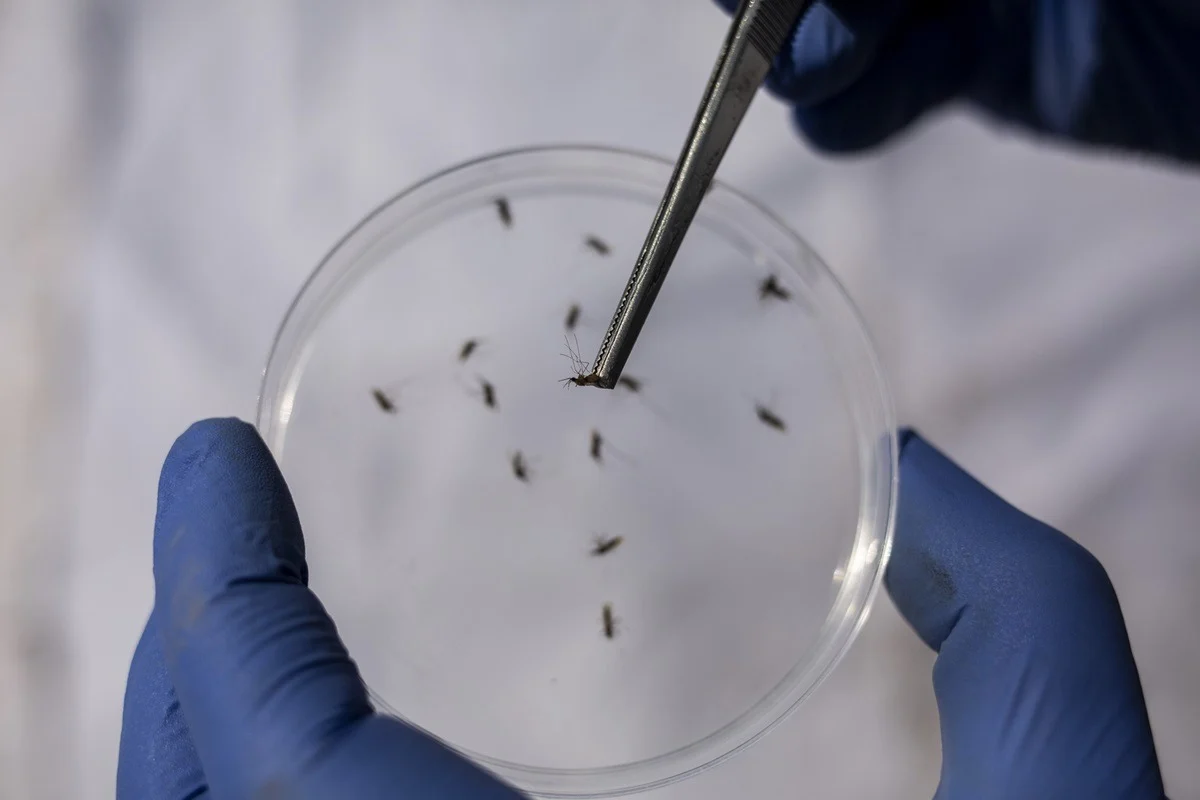Georgia Certified Malaria-Free

Recently, Georgia was officially certified malaria-free by the World Health Organization (WHO). This achievement marks milestone for the country and the WHO European region. Georgia joins 45 other countries and one territory that have reached this status. The certification reflects decades of effort and investment in malaria control and elimination. Historical Context of Malaria in Georgia Malaria has affected Georgia for centuries. Before systematic control began in the early 1900s, three malaria parasite species were endemic – Plasmodium falciparum, Plasmodium malariae, and Plasmodium vivax. After World War II, Georgia initiated an extensive malaria elimination programme. This included the use of new medicines, insecticide spraying, and improved entomological surveillance. Key Milestones in Malaria Elimination Georgia successfully interrupted the transmission of Plasmodium falciparum by 1953. Plasmodium malariae was eliminated by 1960, followed by Plasmodium vivax in 1970. Alt...


















